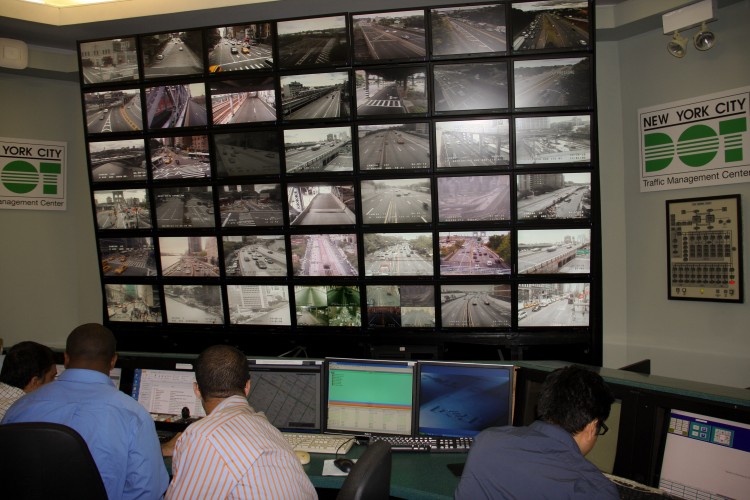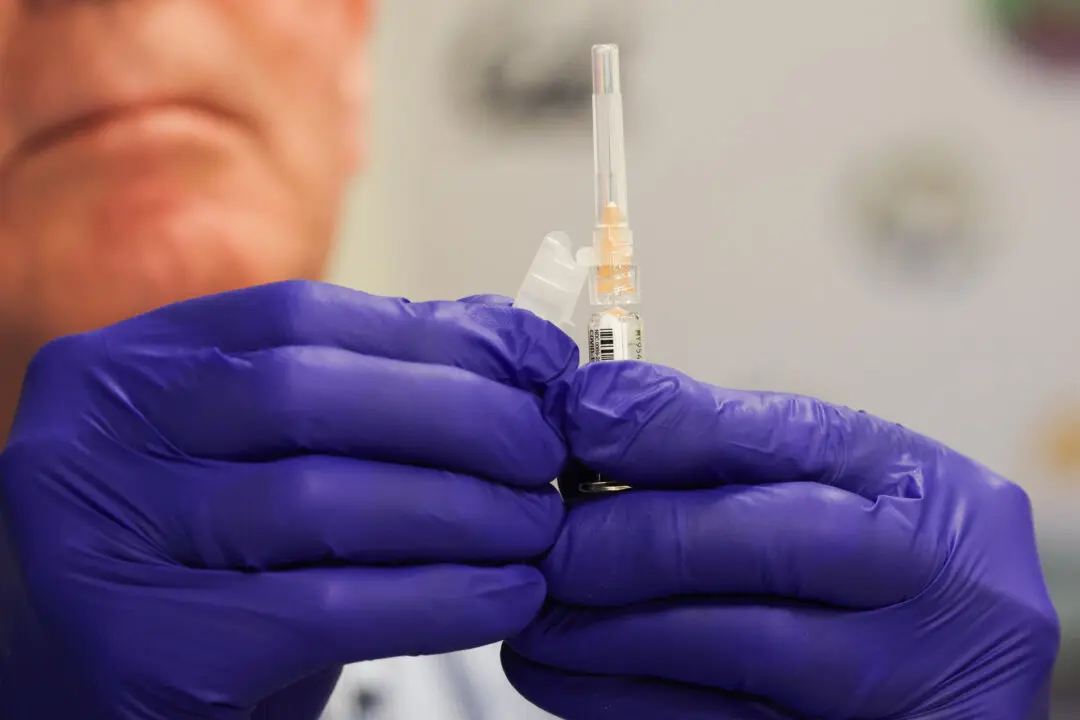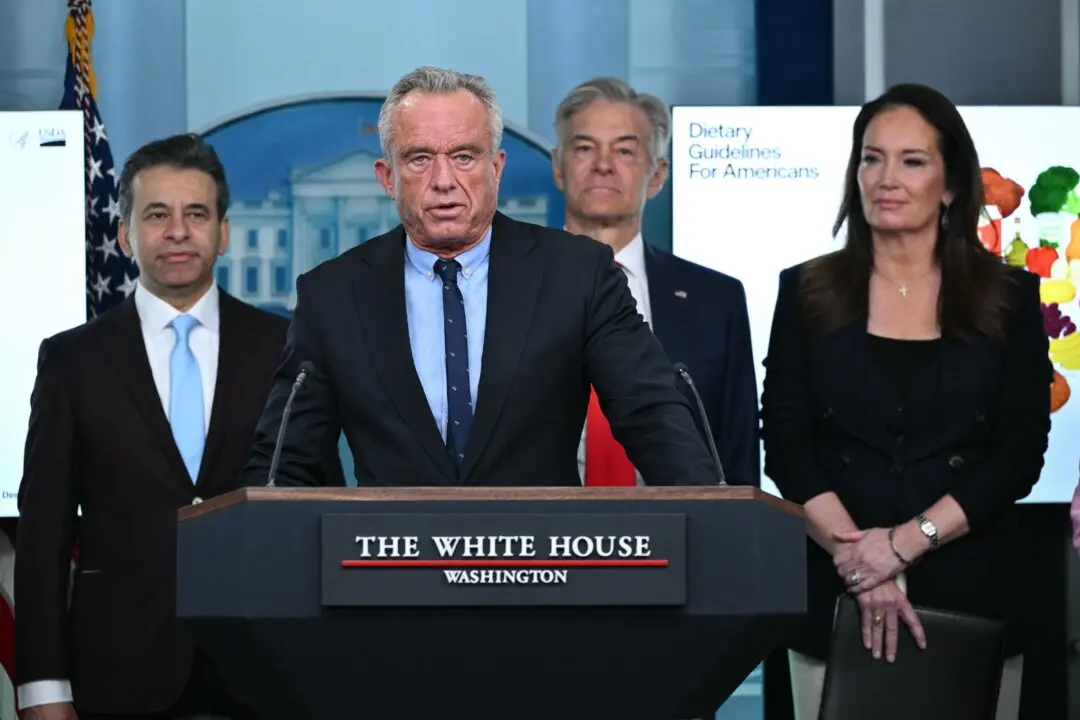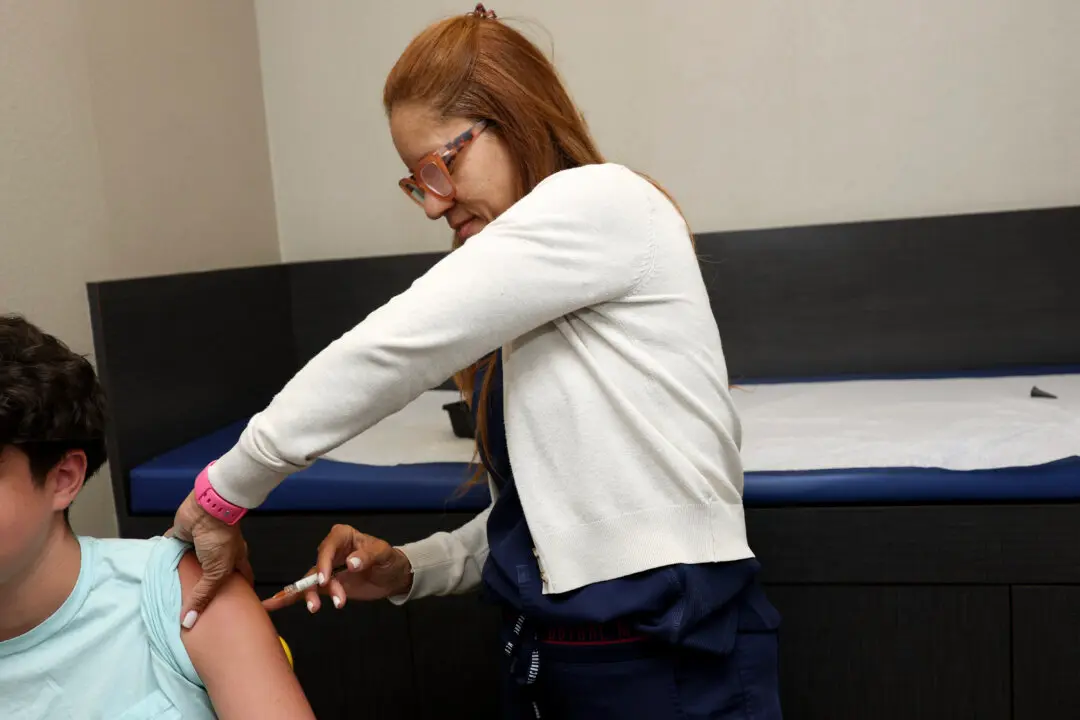NEW YORK— Easing snarled traffic was the goal when the city’s Department of Transportation created Midtown in Motion last July.
The first phase of the program saw traffic engineers monitoring and adjusting traffic signals from Second Avenue to Sixth Avenue, between 42nd Street and 57th Street.
According to data from traffic cameras, microwave sensors, and E-ZPass readers—speeds along the avenues have increased 10 percent from 8 a.m. to 8 p.m., and taxi speeds throughout the area have increased 8 percent.
“That is less congestion, and the pollution it causes. And it also means thousands of minutes for those who make their way through Midtown each and every day,” said Janette Sadik-Khan, commissioner of the city’s Department of Transportation. She was speaking at department’s traffic control room on Long Island City Tuesday.
Sadik-Khan said phase one—110 square blocks—will soon move to phase two—270 square blocks.
Government Working on Reducing Manhattan’s Traffic Congestion

Traffic engineers monitor Midtown traffic on screens in the city's Traffic Management Center in Long Island City.Zachary Stieber/The Epoch Times

Zachary Stieber
Senior Reporter
|Updated:
Zachary Stieber is a senior reporter for The Epoch Times based in Maryland. He covers U.S. and world news. Contact Zachary at [email protected]
Author’s Selected Articles





